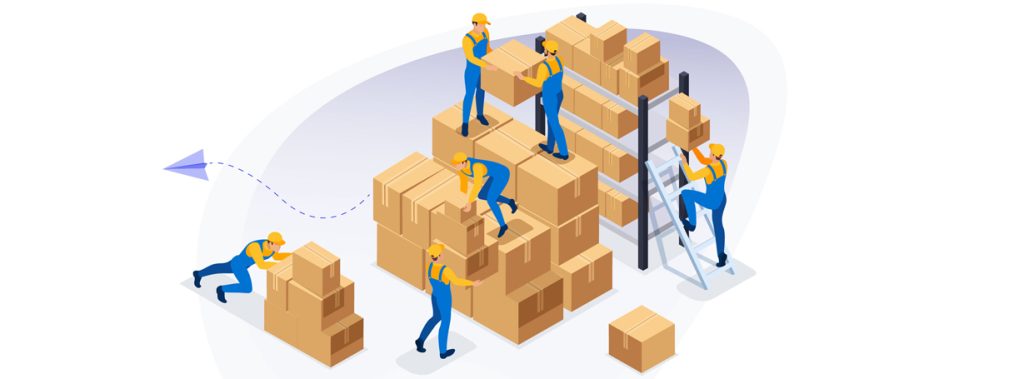Technology is helpful, efficient, and convenient, but sometimes, it could be hard, and messy to master. We are here to help you, rest assured with some of the details that might need you to put a bit more awareness to smoothly track and manage your internet banking account.
How to activate your internet banking?

First, you need to have an account to manage your account and make transactions. Here is how to activate your internet banking account, these steps are for common applications as the procedures might vary depending on the bank you picked. But these are the common steps:
- Get on your laptop and search for the bank’s official website, or you could download their apps if preferable.
- Click on the “register” button, after the button there will pops up a set of blanks where you need to fill in your information.
- Fill in any acquired information, remember in case of seeing red stars next to any blank section, it is compulsory for you to fill in those with red star and optional for those without.
- The internet banking account set up will also ask for your mobile number for an OTP request, provide it to them and ask for a OTP request, after receiving the OTP numbers, fill it into the assigned section.
- Create your ID and password.
- Explore and use your internet banking normally.
How to manage your internet banking?

Keep these steps in mind for a structured and trackable management process
- Despite you switching to internet banking, your credit/debit card is still needed. Keep them handy by your side as it might be asked when you activate or proceed with the internet banking account.
- If you are a genius in remembering your passwords, congratulations, if not, then you should write down your passwords on a piece of paper and keep it somewhere safe. You won’t know when you would need it for, and thank yourself for doing so. Additionally, keeping the passwords and chequebook close by could also be helpful in case you need to provide CIF, branch code, account number, or other information.
- Do not share your internet banking account information or credentials with anyone.
- It is preferable not to types or mentions about your passwords or internet banking information on emails or any online platforms.
- It is better for you to proceed or operate your internet banking through personal/private internet systems and devices.
- Always check your balance and keep track of previous transactions, this would help detect any flaws or mistakes with the systems.
What details do you need to make an internet transaction?
Now you have learned how to activate and manage your internet banking account. Now comes the information that you need to keep handy or remember every time you want to make a transaction or receive money.
- Preferred transferring dates
- Receiver’s name or business’ name
- Six-digit sort code of your receivers
- Eight-digit account number of your receivers
- Payment reference to let the receiver know who sent the money and for what purposes.
- The bank address might also be asked during this process too.
What to keep in mind?
Always double-check your transaction information and confirm it before accepting.
Get a face-to-face or phone conversation with your receiver to confirm the transferring information.
Be aware of the “confirmation of payee” warning, this will be triggered if there is an error within your provided information when transferring.

